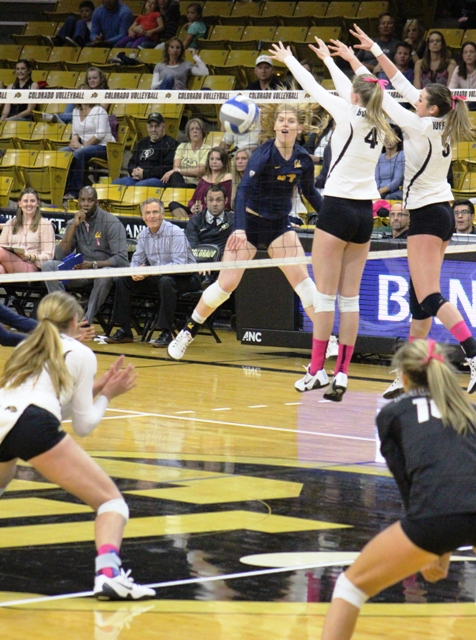It is easy to criticize the NCAA and at times they make themselves an easy target. It is clear that management of college sports has been a challenge since their inception.
The following is taken from the North American Society for Sports History 1981 Proceedings. The two-page document, was authored by Ronald A. Smith, professor at Pennsylvania State University. His comments are particularly interesting given the recent Jerry Sandusky scandal at PSU.
Preludes to the NCAA: Early Failures of Faculty Control of Intercollegiate Athletics
Neither the creation of the National Collegiate Athletic Association in 1905-06 nor the origin of The Intercollegiate Conference of Faculty Representatives (Big Ten) in 1895 was the beginning of inter-institutional faculty control over intercollegiate athletics. The movement for inter-institutional faculty control began in the early 1880s. In 1882 Princeton’s faculty created the first college faculty committee to control athletics which, from the first, had been student controlled. A year later Harvard’s faculty formed an athletic committee. Faculties had been reluctant to take control of athletics from students, but as the number of contests and the time spent away from campus increased, faculties increasingly moved away from laissez faire positions to paternalistic ones. By 1900 nearly all colleges had created some type of athletic committee under full or partial faculty control. It was a relatively short step for the faculty of individual colleges to move toward inter-institutional control of athletics.
President Charles W. Eliot and his Harvard faculty took the first step toward interinstitutional control when Eliot wrote to other New England presidents on behalf of his faculty asking them to consider joint action concerning professionalism in college sport. There was no positive response, but a year later, in 1883, the Harvard Athletic Committee called a meeting to discuss the professionalism issue. This first gathering of faculty from eight institutions in New York City on December 28, 1883, predated the first conference of the Big Ten by eleven years and was twenty-two years to the day before the original meeting of the NCAA. Resolutions were drawn up and sent to twenty-one eastern institutions with the condition that when five colleges adopted them, they would be binding. Only Harvard and Princeton faculties adopted them, and the first attempt at inter-institutional control was unsuccessful.
Following the football season of 1886 President James McCosh of Princeton sent a circular to other eastern college presidents once again urging intercollegiate cooperation to eliminate athletic abuses. Yale, the dominant athletic school in America, was least interested in joint athletic control. When Yale refused to become involved in the McCosh attempt, the proposal died stillborn. More than a decade and the birth of the midwestern Big Ten Conference passed before another major effort to consider eastern inter-institutional faculty control would surface.
With charges of questionable ethics in athletics, increased professionalism in colleges, and the need for standardized rules, the idea of a permanent organization of colleges working cooperatively appeared again in the mid-1890s. Problems, especially in football and baseball, continued to plague student-controlled athletics. The concerns were numerous. Tramp athletes transferring with impunity from one college to another to participate in athletics, baseball players participating in summer resort leagues for pay, students participating in athletics without making normal progress toward a degree, the hiring of professional coaches, pre-season and summer practices, and the commercialization of athletics through large gate receipts were all prominent concerns. On February 18, 1898, a major conference at Brown University convened to discuss these concerns. All of the colleges of the present-day Ivy League, with the exception of Yale, sent a faculty member, an alumnus, and an undergraduate, but the work of the conference was accomplished by an all-faculty committee. The 1898 faculty committee Report on Intercollegiate Sports was a potent call for cooperative action to cure the evils of intercollegiate athletics.
The Brown Conference Committee Report asserted that colleges “are not engaged in making athletes. . . .” The faculty report indicated that colleges “should not seek perfection in our games, but, rather, good sport.” To bring about what the committee believed was a saner system of athletics, it proposed twenty rules for adoption by the various eastern colleges. Among the rules were insurances for faculty control, ensuring bona fide students, limiting eligibility to four years, restricting contests to home fields of the colleges, eliminating athletic scholarships and summer baseball for pay, and demanding faculty approval of all coaches, captains, and team managers. The proposed rules were never adopted en masse by eastern institutions. The Brown Conference suggestion that yearly conferences be held “to consider regulations and the proper development of the athletic sports” did not bear fruit at this time. The 1898 conference was unable to foist a British-like amateur sport ideal on a fiercely competitive, win-oriented system which had developed in American colleges.
From the 1880s when Princeton and Harvard formed athletic committees and the first attempts at inter-institutional control of athletics were made to the failure of the 1898 Brown Conference, university officials without great success were endeavoring to come to grips with the most visible extracurricular activity in colleges. Not until 1905 when a crisis in football occurred did colleges on a national level join together as they searched for order in athletic affairs.



